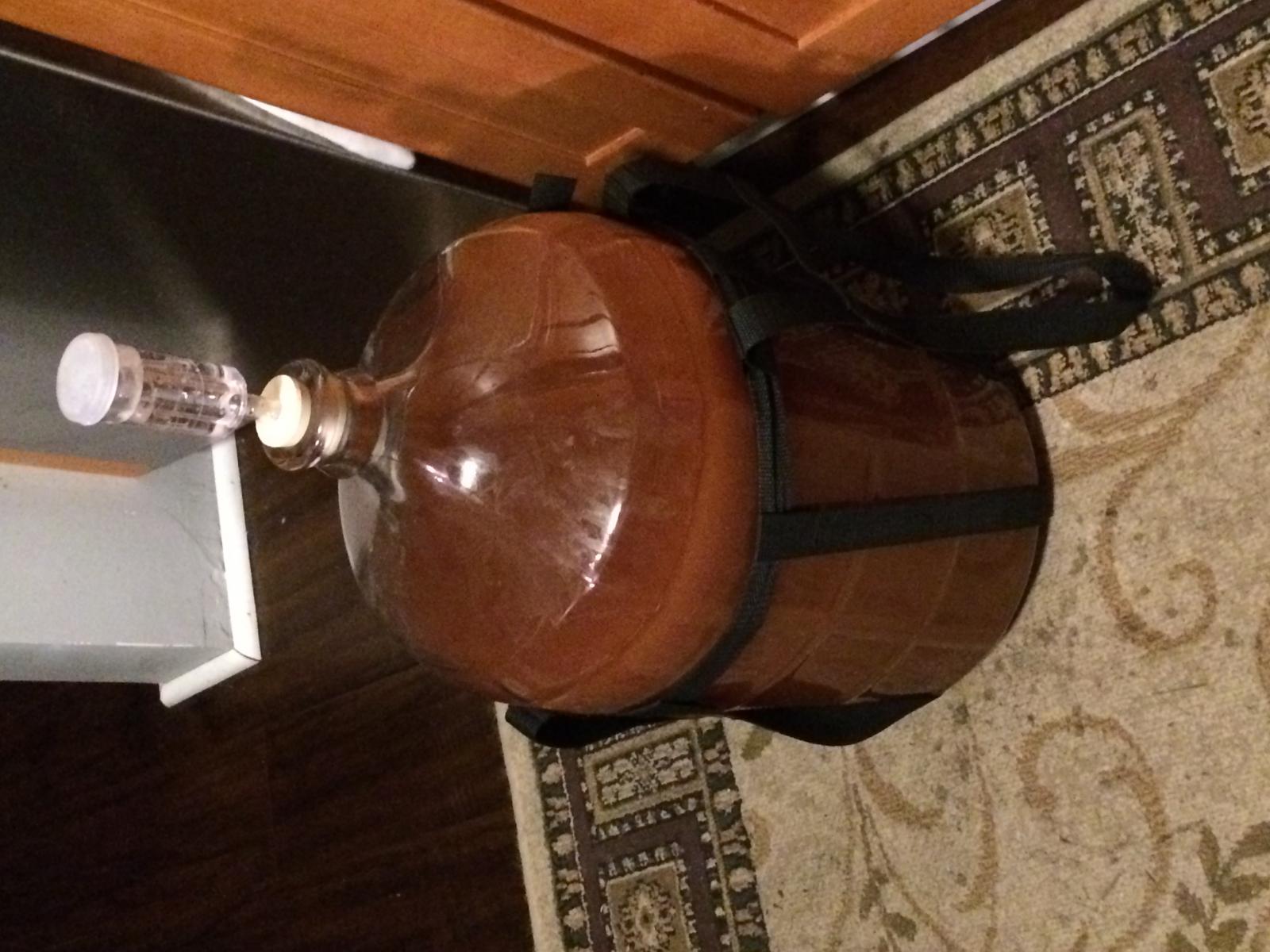Codafisler
Member
- Joined
- May 5, 2016
- Messages
- 22
- Reaction score
- 6
So I took my wort out of the fermenter and put it into a five gallon carboy to condition. But it didn't reach the opening at all. It's about 5-7 inches down from the top. The books I have say there should be as little air as possible during this proses. Should I add water to bring the level up? Or leave it were it is. I can't find anything in my books on this.





![Craft A Brew - Safale BE-256 Yeast - Fermentis - Belgian Ale Dry Yeast - For Belgian & Strong Ales - Ingredients for Home Brewing - Beer Making Supplies - [3 Pack]](https://m.media-amazon.com/images/I/51bcKEwQmWL._SL500_.jpg)











































